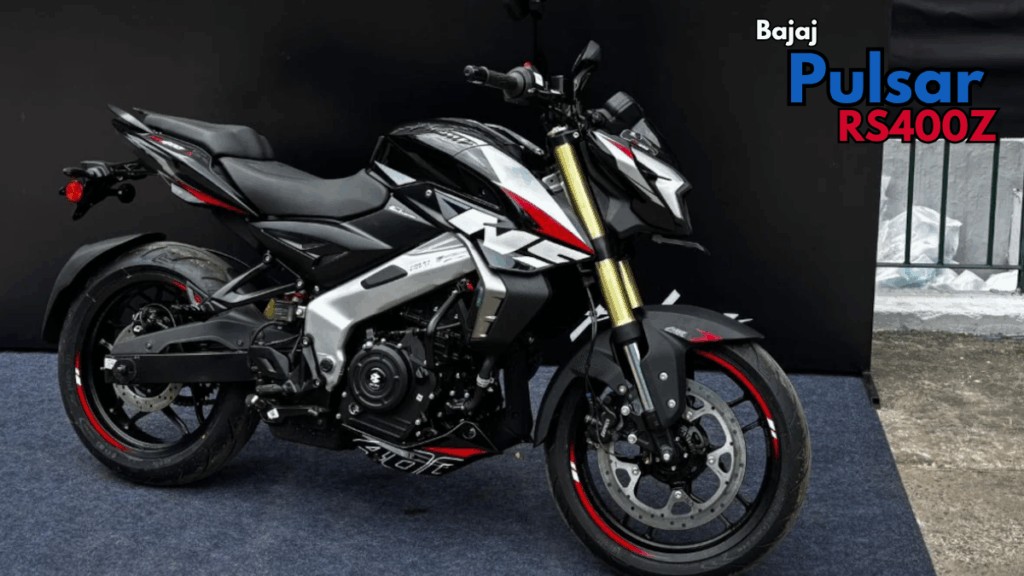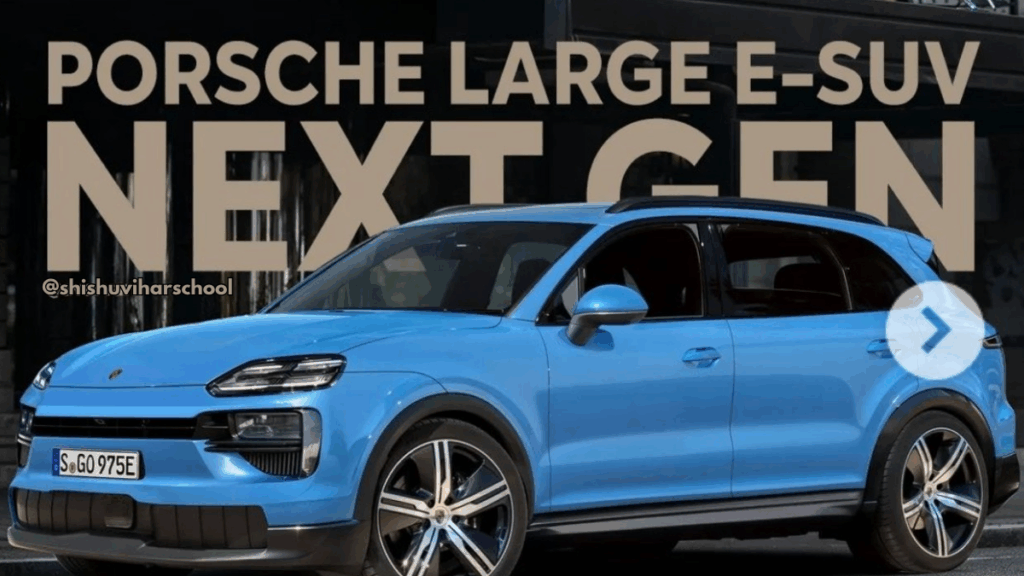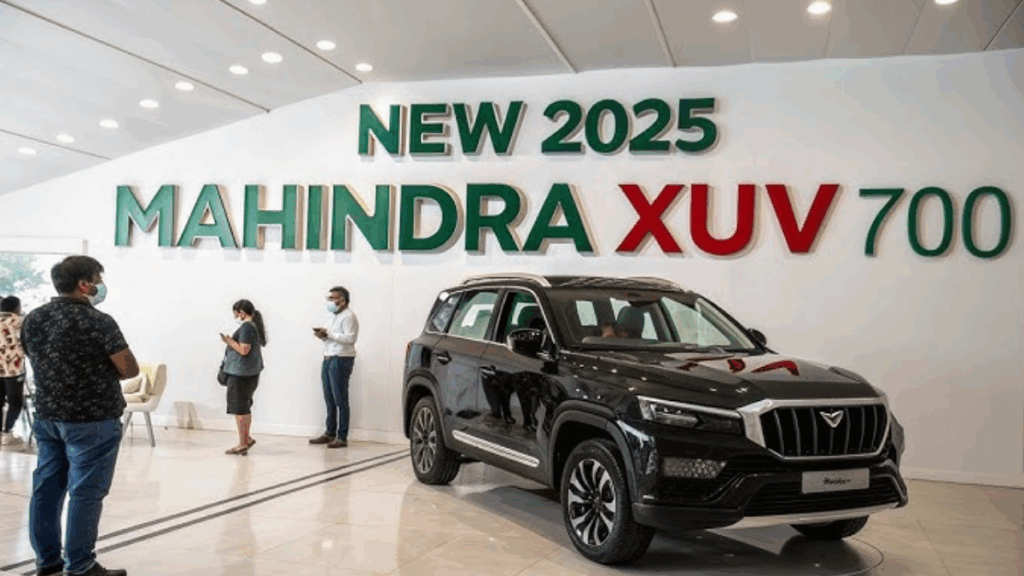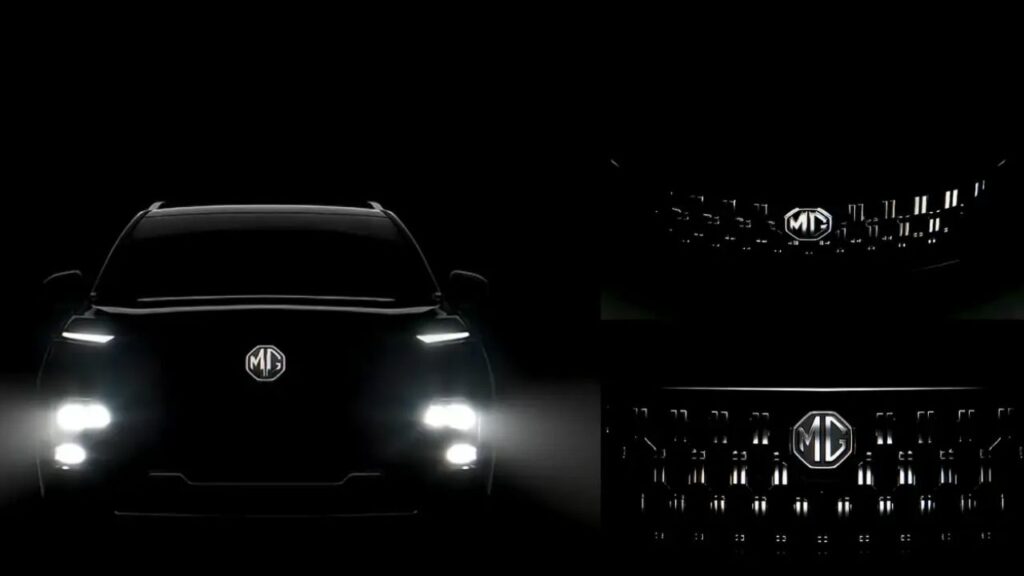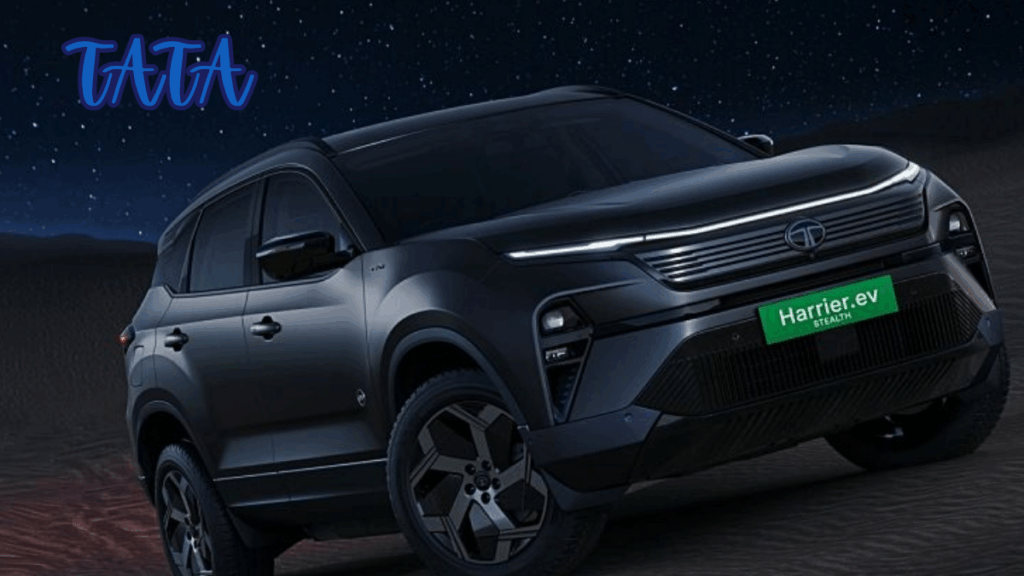The long-awaited Tata Harrier EV is here, and it arrives with serious hardware: a re-engineered EV floor, Tata’s new t.idal (Tata Intelligent Digital Architectural Layer) electronics, big-battery options, and crucially a dual-motor AWD (QWD) variant. We drove it in the real world, sampled its performance, efficiency and comfort, and pitted its core attributes (on paper and on road) against what Indian buyers actually want from a premium electric SUV. The headline? It might not shout for attention like some futuristic EVs, but as an all-rounder, it lands squarely in the Goldilocks zone.
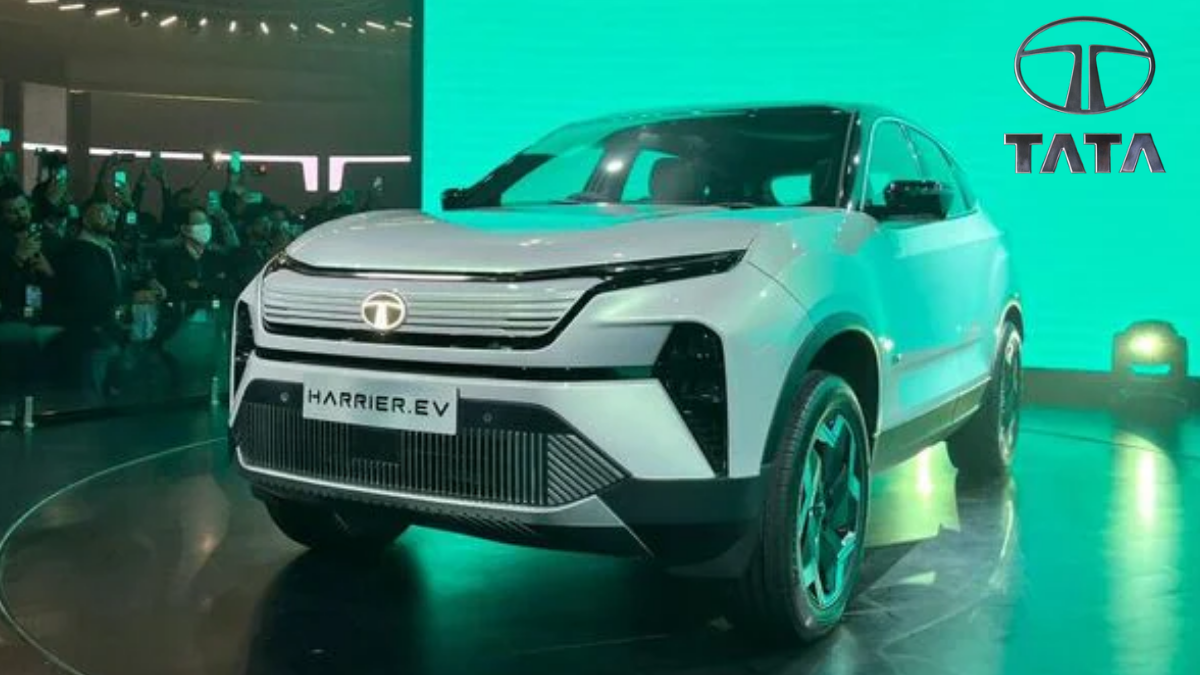
Quick Summary (Vertical Table)

Item |
Details |
|---|---|
Model |
Tata Harrier EV (2025) |
Battery Options |
65 kWh (RWD), 75 kWh (RWD / QWD dual-motor) |
Power & Torque |
238 hp / 315 Nm (65/75 kWh RWD); 313 hp / 504 Nm (75 kWh QWD) |
0–100 km/h (claimed) |
6.3 s (QWD) |
Real-World Quick Tests |
0–100 km/h in 6.65 s; 20–80 in 3.75 s; 40–100 in 3.92 s |
Claimed Range (ARAI) |
627 km (65 kWh RWD); 622 km (75 kWh) |
Observed Efficiency |
~5.81 km/kWh; ~436 km projected range (highway, Eco) |
Charging |
DC fast charge 20–80% ≈ 25 min (up to 120 kW); AC 7.2 kW: 10.7 h (75 kWh) |
Standout Tech |
14.53-inch Samsung Neo QLED display, 540° camera, Auto Park, Summon, V2L/V2V |
Safety |
7 airbags, disc brakes all around, Level 2 ADAS, Bharat NCAP 5-star |
Price (ex-showroom) |
Rs 21.49 lakh (Adventure 65 kWh) to Rs 28.99 lakh (Empowered QWD 75 kWh) |
Official Site |
Design & Engineering – 7/10
Smart, mature, and substantial if a little understated for an EV.
Visually, the Harrier EV keeps things familiar. You get a closed-off grille with subtle strakes, a slightly revised bumper and intake, aero-optimised 19-inch alloys, EV badging, and at the rear, a clean tailgate with Harrier EV branding and naturally no tailpipe. The overall stance continues to project presence and width; it looks handsome on Indian roads even if it doesn’t push a radical EV aesthetic.
Under the skin, however, it’s a different story. The EV uses a fully re-engineered floor to house its battery pack and rear motor, and runs Tata’s new t.idal electrical and electronic architecture. Drivetrains include RWD (permanent-magnet motor) on lower trims and QWD (AWD) on the top trim by adding a front induction motor making this Tata’s first 4×4 since Safari Storme/Hexa.
Interior Space & Comfort – 8/10
Roomy, supportive seating; small ergonomic quirks remain.
The cabin mirrors the ICE Harrier’s layout but adds EV-specific touches: a new 14.53-inch Samsung Neo QLED infotainment display, a different shift selector, and a circular key fob that can trigger useful functions including Summon. Materials and finish feel robust and premium enough for the segment.
- Front seats: Large, supportive, plenty of adjustment. Taller drivers may brush the centre console; the wireless charger placement is still fiddly.
- Rear seat: Excellent legroom and knee room, flat floor for comfortable three-up seating, winged headrests for the outer seats, window blinds, and boss mode to slide the front passenger seat forward from the rear.
- Boot & frunk: Boot is 502 L (to the roof); floor height is up due to the rear motor, but capacity remains practical and there’s a space-saver spare underneath. Frunk adds 67 L (RWD) or 35 L (QWD) for cables and odds-and-ends.
Features & Safety – 8/10
Packed with the essentials plus some headline-grabbers.
The 14.53-inch Samsung Neo QLED screen is a showpiece: crisp, vibrant, responsive, and loaded with in-built apps and games. Audio is handled by a 10-speaker JBL Black system with Dolby Atmos 5.1; conveniences include ventilated and powered front seats, panoramic sunroof, configurable ambient lighting, and Drive Pay (UPI-based in-car payments).
Camera tech is generous: an in-built dash cam, 540° parking camera with transparent bonnet, and a digital rear-view mirror. The mirror feed is crisp, but the parking camera feed can appear choppy/low-res. Our test car also showed occasional software hiccups (flicker, random cluster warnings) fixable via updates but worth noting.
Party tricks include Summon mode via the key fob and a genuinely useful Auto Park that can detect spots and take full control; Reverse Assist retraces the last 50 m. Summon still needs polish; Auto Park worked impressively smoothly during our test.
Safety kit: 7 airbags, all-disc brakes, TPMS, Level 2 ADAS tuned for Indian roads (including low-speed AEB). On our short drive, ADAS logic felt mature and non-intrusive. The Harrier EV has also achieved a Bharat NCAP 5-star crash rating.
Powertrain & Refinement – 9/10
Strong, clean shove with exemplary calibration; refined and composed.
Top-spec QWD (dual-motor) makes 313 hp/504 Nm with a claimed 0–100 km/h of 6.3 s (we saw 6.65 s). In-gear times 20–80 in 3.75 s; 40–100 in 3.92 s are genuinely quick and better than the Mahindra XEV 9e Pack Three in comparable tests.
What stands out is throttle mapping: progressive, predictable, and never spiky even in sporty settings. Modes include Eco, City, Sport, plus a new Boost that sharpens responses, and a quirky Drift mode. Cabin isolation is good; you’ll hear only mild wind and motor whirr at speed.
As a 4×4, it gets six terrain modes and felt properly capable on a slushy trail. Regeneration is adjustable via paddles with four levels (including Level 0 coasting); a full one-pedal mode is not available. The notable weak spot is braking feel spongy pedal with limited feedback, and you need a firmer push than expected to haul it down from speed.
Spec Snapshot
Spec |
65 kWh |
75 kWh |
|---|---|---|
Drive Layout |
RWD |
RWD / QWD |
Power |
238 hp |
238 hp (RWD) / 313 hp (QWD) |
Torque |
315 Nm |
315 Nm (RWD) / 504 Nm (QWD) |
Range & Charging – 8/10
Over 400 km real-world is achievable; fast top-ups available.
Tata claims ARAI 627 km (65 kWh RWD) and 622 km (75 kWh). On Tata’s internal C75 cycle, the 75 kWh variant is pegged at 460–490 km. Our highway-heavy run from 98% to 3% yielded 414 km, translating to ~5.81 km/kWh and a projected ~436 km respectably close to the C75 figure.
Charging & Utilities
Item |
65 kWh |
75 kWh |
|---|---|---|
ARAI Range (claimed) |
627 km |
622 km |
AC 7.2 kW (10–100%) |
~9.3 h |
~10.7 h |
DC Fast (up to 120 kW) |
– |
20–80% ≈ 25 min |
Also included are V2L (vehicle-to-load) and V2V (vehicle-to-vehicle) capabilities for powering appliances or juicing another EV in a pinch.
Ride Comfort & Handling – 9/10
Class-leading ride with confident manners when the road turns nasty.
Tata’s Ultra Glide Suspension with Frequency-Dependent Dampers (FDD) truly shines. The Harrier EV glides over rough patches and broken tarmac at low and medium speeds, while still keeping body motions tidy through bends. At higher speeds, you might sense a hint of vertical movement over expansion joints, but it settles quickly likely even better when fully loaded. Steering is a bit heavy at parking speeds, gains natural weight on the highway, and inspires confidence with its straight-line stability and predictable turn-in.
Price & Verdict – 8/10
Compelling value, real-world range, AWD ability software polish desired.
Pricing starts at Rs 21.49 lakh (Adventure 65 kWh) and tops out at Rs 28.99 lakh for the Empowered QWD 75 kWh (ex-showroom). The included hardware and AWD capability undercut the Mahindra XEV 9e while keeping pace on range and adding genuine traction benefits. Note: 7.2 kW AC home charger + installation is Rs 49,000 extra (similar to rivals).
Buy if you want: plush ride quality, spacious cabin, polished powertrain calibration, meaningful range, and AWD confidence.
Know before you buy: it lacks EV-showcar drama, the camera feed and a few software bits need refinement, and the brake pedal feel could be better. For most Indian EV SUV buyers, however, the Harrier EV gets the fundamentals spot-on arguably better than anything else at the price.
Frequently Asked Questions (FAQs)
1) What are the battery and drivetrain options?
Two batteries 65 kWh (RWD) and 75 kWh (RWD or QWD dual-motor). The QWD adds a front induction motor for true AWD capability.
2) What real-world range can I expect?
In mixed conditions, expect 400–450 km from the 75 kWh pack. The 65 kWh RWD can do more on easy city cycles but will dip on highways.
3) How fast does it charge?
On a 120 kW DC fast charger, the battery can go 20–80% in ~25 minutes. The 7.2 kW AC wall box takes ~10–11 hours for a full charge on the 75 kWh pack.
4) Does it have one-pedal driving?
It offers four regen levels (including Level 0 coasting), but no dedicated one-pedal mode.
5) Is the Harrier EV good off-road?
The QWD variant brings dual-motor traction and six terrain modes. On light trails and slush, it felt confident and capable.
6) Any known downsides?
Brake pedal feel is soft/spongy, the 540° camera feed can seem choppy, and we observed occasional software flickers on the test car.
7) What safety rating does it have?
It has received a Bharat NCAP 5-star rating, along with 7 airbags, discs all around, and Level 2 ADAS tuned for Indian conditions.
Official website
https://ev.tatamotors.com
For More Information Click HERE
